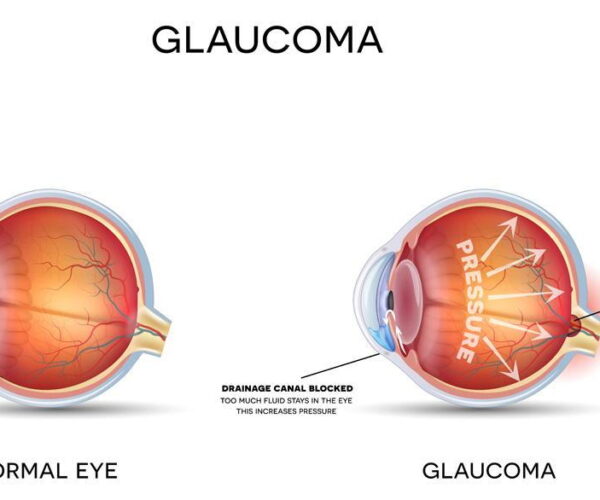Arthritis is the most prominent cause of disability in the U.S., affecting nearly 60 million adults. While the symptoms of arthritis generally include joint pain and stiffness, specific types of arthritis affect the body differently.
What Is Arthritis?
Arthritis is not a single disease. Instead, it refers to joint pain or degeneration and encompasses over 100 conditions. The most common type of arthritis is osteoarthritis, which occurs when the cartilage in the joint begins to deteriorate, causing joint stiffness and pain.
Many types of arthritis progressively worsen over time and can permanently change and damage the joints. In addition, as tissue and cartilage in the body break down, the bones may warp to protect themselves, forming bone spurs that create further pain and limit mobility.
What Is Regenerative Medicine?
Regenerative medicine, also known as stem cell therapy, focuses on restoring damaged tissue by triggering or amplifying the body’s natural healing processes. Practitioners of regenerative medicine study the body’s healing mechanisms and use the findings to promote healing within the body.
Two of the most popular regenerative medicine therapies, platelet-rich plasma (PRP) and stem cell therapy, involve extracting certain cells from the body and injecting them into the damaged areas to reduce inflammation and stimulate healing.
How Can Regenerative Medicine Treat Arthritis?
Most arthritis treatments focus on self-care, therapies, and anti-inflammatory medications. When arthritis becomes too painful to tolerate, some patients opt for joint replacement surgery.
However, many who hope to treat their arthritis without surgery pursue regenerative medicine options like stem cell therapy and PRP therapy.
Stem Cell Therapy for Arthritis
Stem cells can differentiate, dividing to produce specialized cells that the body needs to heal.
For example, stem cell therapy for arthritis involves extracting stem cells from the patient and then introducing the cells into the damaged joint. The stem cells reduce inflammation and promote healing, releasing proteins that can slow down cartilage degeneration and alleviate pain.
Platelet-Rich Plasma Therapy for Arthritis
PRP therapy begins with a blood draw. Next, the extracted blood is spun in a centrifuge to separate the plasma and platelets from the red and white blood cells. Platelets are the healing component of blood; they clot wounds and release healing growth factors.
Once the platelets and plasma are separated from the rest of the blood, a physician injects the concentrated serum into the damaged joint, where the PRP works to reduce pain, improve function in the joint, and begin to heal damage to the joint tissue.
PRP and stem cell therapies are new options for patients seeking relief from arthritis, but early studies show promising results in their ability to relieve chronic pain.
This post was written by a medical professional at Stemedix Inc. At Stemedix we provide access to Regenerative Medicine. Regenerative medicine has the natural potential to help improve symptoms sometimes lost from the progression of many conditions. Click here to learn more.




